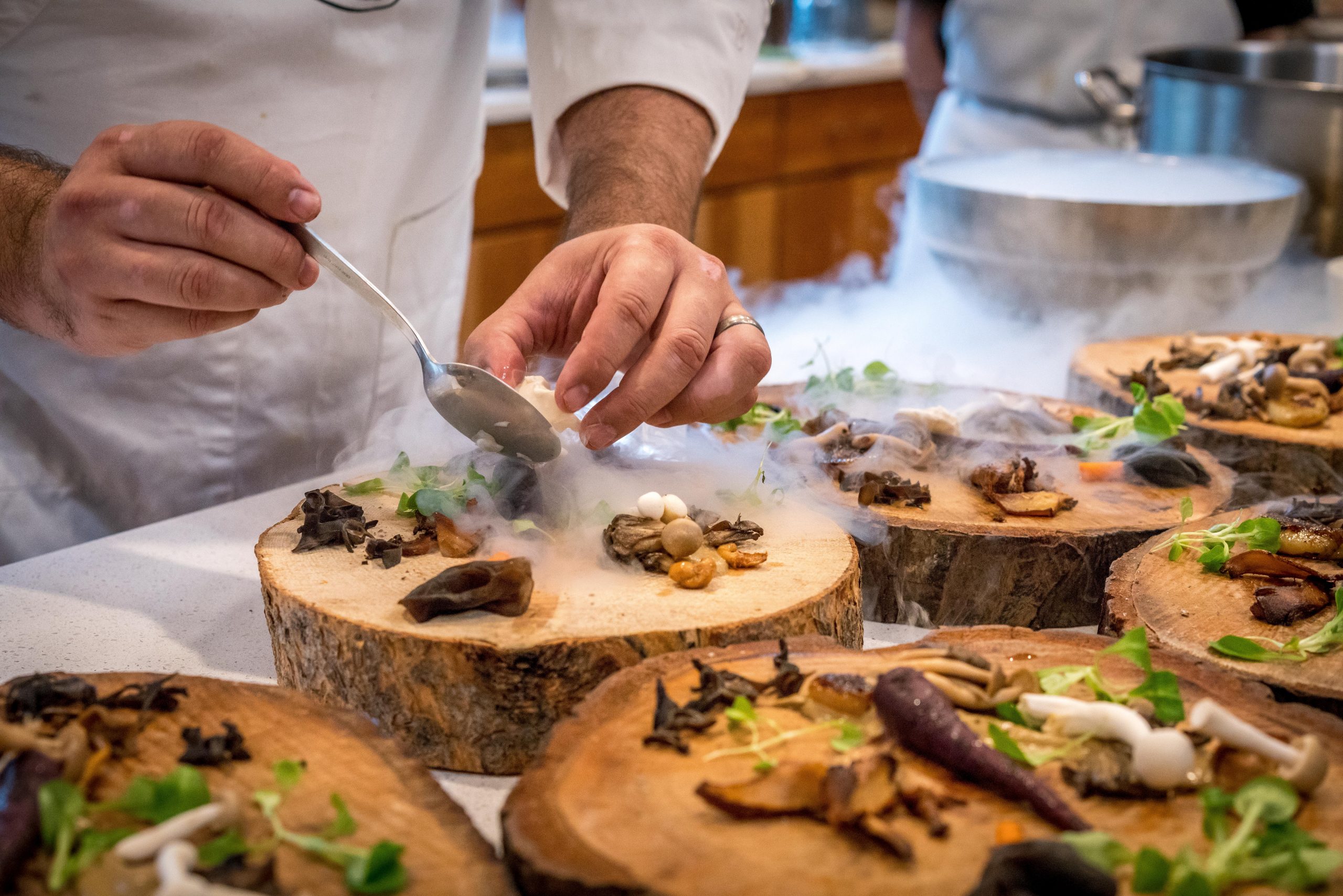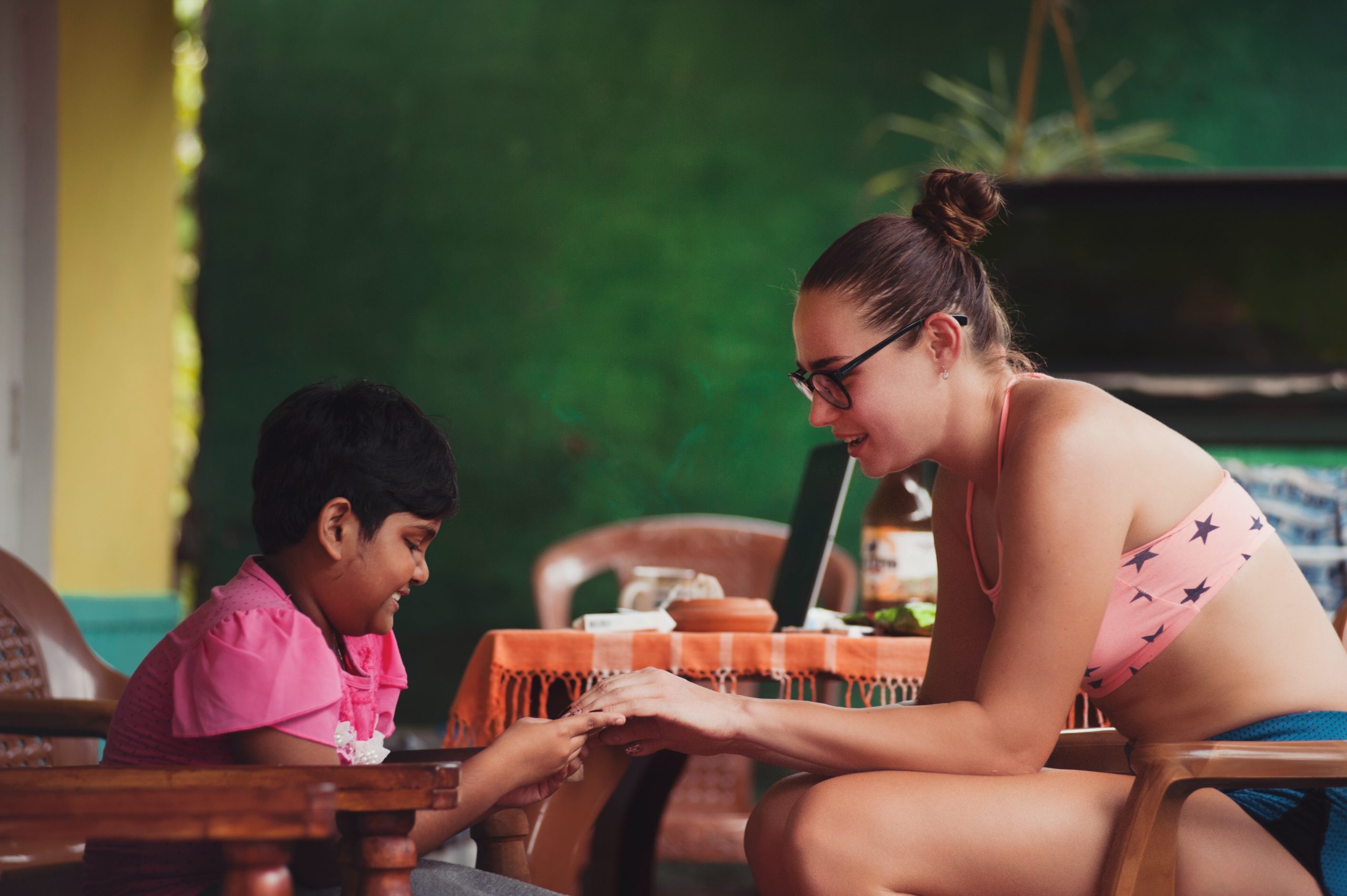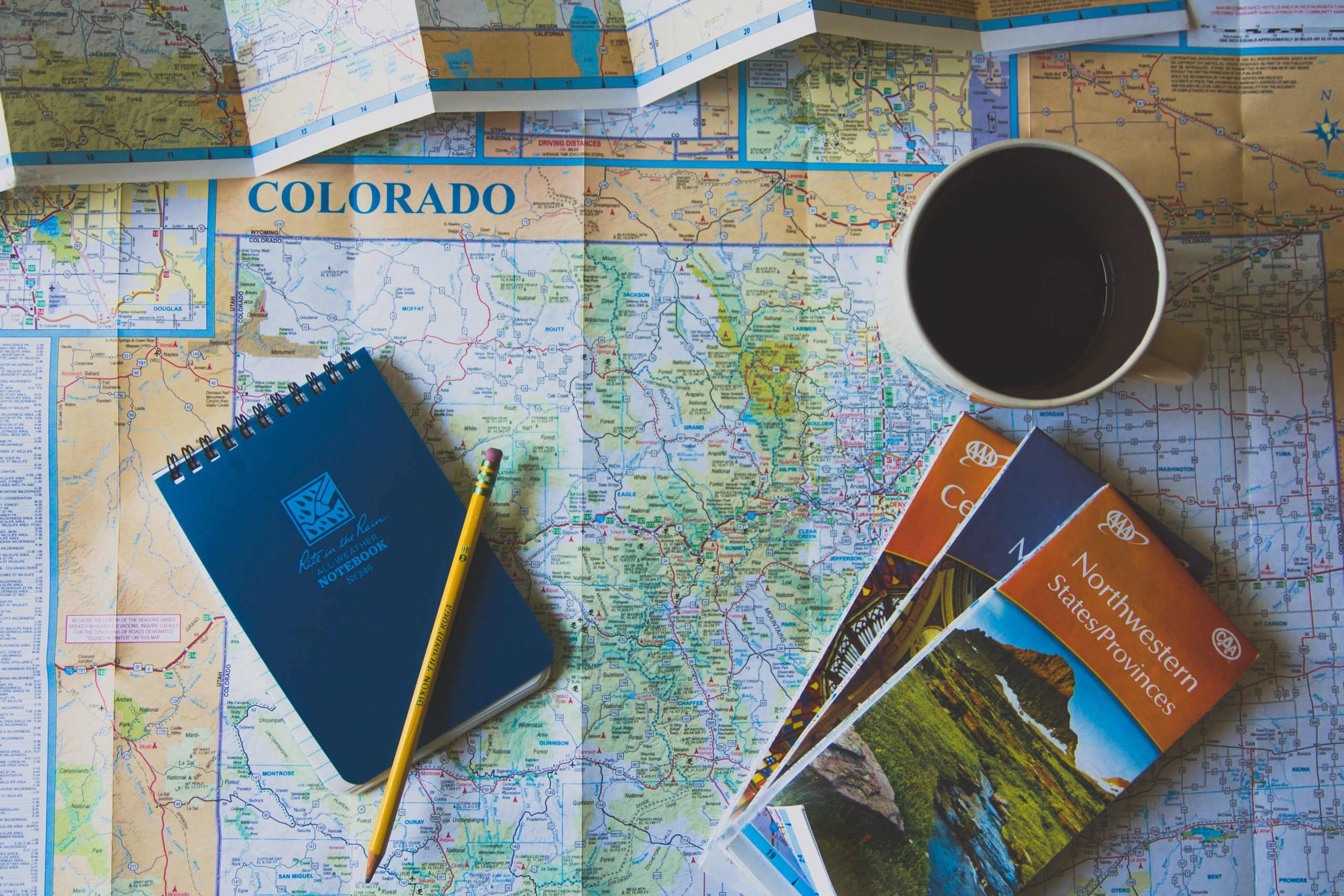What gastronomic trends are emerging in the luxury sector?
Although the economic landscape has been uncertain, the luxury goods and experiences industry has made significant progress in 2022, with further expansion expected in the coming years despite economic turbulence. These findings come from the 21st edition of the Bain & Company-Altagamma Luxury Study, a collaboration between Bain & Company and Fondazione Altagamma, the trade association of Italian luxury goods manufacturers. The global luxury market analyzed by Bain & Company encompasses both luxury goods and experiences. It comprises nine segments, led by luxury cars, luxury hospitality, and personal luxury goods, which together account for over 80% of the total market. After a severe contraction in 2020 due to the Covid-19 pandemic, the market rebounded to €1.15 trillion in 2021 and surprised everyone in 2022 by growing between 19% and 21%, according to estimates. With this solid database and projections, let's now explore the main gastronomic trends that are shaping the luxury sector. From a focus on vegan products to the appreciation of rare and exotic ingredients, we will discover how these latest trends are captivating the most discerning palates and transforming the culinary experience in the world of luxury. The Vegan Revolution in Fine Dining In response to growing environmental awareness and concern for
Investing in Wines: A Profitable and Diversified Option in a Growing Market
When it comes to seeking investment opportunities, the wine market has proven to be an increasingly attractive and profitable option. Over the years, this sector has gained recognition as a solid investment supported by compelling data and statistics. On this occasion, I am pleased to share with you some of the most important aspects of how the wine market has demonstrated its long-term profitability as an investment. As we delve into each of these key points, it will become clear why wine has become a legitimate and exciting option for those looking to expand their investment horizons. Consistent Returns Investing in wines has shown consistent returns compared to other assets over time. According to the Liv-ex 1000 index, which tracks the performance of the top 1,000 sought-after labels, the wine market has experienced an average annual growth of 13.6% over the past 10 years. These results demonstrate the ability of high-quality wines to generate attractive long-term profits. Increase in Global Demand The demand for quality wines has experienced a significant increase in recent years, especially in emerging markets such as China. According to the International Organisation of Vine and Wine (OIV), global wine consumption grew by 3% in 2022, reaching 245 million hectoliters. This demand
Luxury Experiential Tourism: Enriching Journeys Beyond Conventional Travel
As the tourism industry evolves, a space has opened up for those travelers who seek more than just ordinary vacations. But what drives them to search for experiences that go beyond the conventional and immerse themselves in a world of opulence and meaning? In recent years, luxury tourism has experienced exponential growth. According to a report by Allied Market Research, between 2016 and 2022, this segment had a compound annual growth rate (CAGR) of 6.4%. But what's even more impressive is that over the past five years, its growth has outpaced that of the overall tourism industry, with an average increase of 48%. This data reveals a growing demand for experiences that offer exclusivity, personalization, and an unmatched level of luxury. On the other hand, according to the report "Luxury Tourism in Spain 2015" by The Ostelea School of Tourism and Hospitality, key criteria for luxury travelers include the degree of luxury in accommodations, with 46.4% of travelers considering it the most important aspect; transportation in business or first class, mentioned by 18.1%; and the exclusivity of the activities carried out, mentioned by 17.3% of respondents. In this context, iconic destinations have become havens for those seeking enriching experiences. For example, Bhutan, known
Social Entrepreneurs: Inspiring Stories of Ventures Generating a Positive Impact on Society
In a world full of social and environmental challenges, there is a special group of brave and visionary individuals who are changing the business game. These are the social entrepreneurs, passionate people who use their leadership skills to tackle urgent issues and generate a positive impact on society. Their inspiring stories invite us to dream big and show us that it is possible to combine business with a higher purpose. Join me as I share some of these stories, which, regardless of the passage of time, are among the best ones in my opinion. D.Light In 2007, Sam Goldman and Ned Tozun founded d.light with a clear goal in mind: to provide accessible and sustainable energy to electricity-deprived communities worldwide. Through the manufacturing and distribution of affordable solar lamps, they have illuminated the homes of millions of people, reducing dependence on dangerous and costly lighting sources like kerosene lamps. Thanks to the work of d.light, the quality of life has improved in numerous communities across more than 60 countries. Grameen Bank Muhammad Yunus, the Nobel Peace Prize laureate, founded Grameen Bank in Bangladesh with the aim of combating poverty through the provision of microcredit. Yunus' innovative approach has enabled low-income individuals to access financing for
Digging into California’s truffle industry
Few delicacies say “fine dining” like truffles. Notoriously hard to harvest, these luxe fungi can cost thousands of dollars, making them some of the most expensive ingredients. (Like the world’s largest white truffle, which sold for a whopping $61,000 in 2014.) Truffles are high maintenance. In addition to different truffles species needing their specific climates and trees (where they grow on the roots), they can take up to 20 years to develop. The mushrooms are also hard to find once they’re ready, so truffle hunters usually need a trained pig or dog to point them in the right direction. After all the harvesting work, truffles only stay fresh enough to eat for less than a week. These hard conditions don’t just justify the high cost of truffles, they also make growing them in your own backyard a little more convenient–and profitable. Just ask farmers in California. Where in the world are truffles? Although truffles require a long list of specifics before they can make it to world-renowned restaurants, surprisingly they can grow in several areas. However, most culinary truffles come from Europe, including Italy’s coveted white truffle. While Italy, France, and Spain still dominate the truffle market, countries like Australia (now the fourth-largest truffle industry in the world), New Zealand,
Local cuisine: The importance of valuing local products and regional cuisine in a globalized world
In an increasingly interconnected world, where food travels thousands of kilometers to reach our plates, it is essential to remember the importance of local cuisine. This culinary practice is based on using local ingredients and respecting the traditions of each region, generating benefits for both our health and the local economy. With that said, in this article, I would like to explore why it is vital to value local products and how regional cuisine can enrich our gastronomic experiences. Imagine savoring a juicy tomato freshly harvested from the nearby garden, with its authentic flavor and unmatched freshness. Now compare that to an imported tomato, which had to be picked prematurely to withstand long journeys and loses some of its flavor along the way. The difference is palpable. By consuming local food, we not only enjoy more intense and authentic flavors, but also obtain more nutritious and healthier products. Local cuisine is also crucial support for the economy, as choosing local products contributes to the sustainable development of our community, creating employment opportunities, and promoting the preservation of regional culinary traditions. A concrete example of the importance of valuing local products is Manchego cheese, a Spanish gastronomic gem recognized internationally. Made from milk from
The transformative power of Artificial Intelligence in tourism
In the digital age, Artificial Intelligence (AI) has left a significant mark on various sectors, and tourism is no exception. In particular, accommodation platforms like Airbnb have harnessed the power of AI to revolutionize the way people book and enjoy their travel experiences. But, do you know how this innovative tool is contributing to the development of tourism today? Personalized recommendations. One of the greatest benefits of AI in tourism is its ability to provide personalized recommendations, and that is that platforms such as Airbnb or Vico use AI algorithms to analyze data such as preferences, travel history, and user search patterns, capable of to offer accommodation options and tourist experiences adapted to the interests and needs of each traveler. Improvement in price management. By analyzing supply and demand in real time, AI systems adjust prices based on market availability and demand. This allows for greater flexibility and price competitiveness, ensuring that travelers get fair fares and providers maximize their revenue. Automated customer service. Through chatbots and virtual assistants, AI provides quick and accurate responses to traveler inquiries and requests, as these automated systems can provide booking information, fix common issues, and offer recommendations, thus enhancing the customer experience with efficient answers and available
How younger generations are reshaping luxury travel
As I recently shared, luxury travel is back in a big way. And while there are a number of factors for this boom, I want to focus on one that may surprise you: the influence of millennials and Gen-Z. As consumers, these generations are often seen as more conscious and informed than those that came before them, making it difficult to predict how they would wield their eventual buying power. But they are now making themselves abundantly clear: 79 percent agree that travel is an important budget priority. Let’s dig into why. Cash flow. During the pandemic, many young people took the opportunity to pay down debts and save on rent by living with family members. At the same time, while previous generations were more likely to become homeowners in their 20s and 30s, a number of economic factors are keeping many millennials and Gen-Zers out of the housing market. This group is also marrying and having children later, if at all. In short: they have money to burn and less financial responsibilities to hold them back. And, after years of staying close to home, they are looking to use their financial freedom to make up for lost time–whether it be paying for travel upgrades, choosing hotels with higher-end amenities, or crossing dream
How to promote the orange economy in communities
Have you ever wondered how to promote creativity and entrepreneurship in a sector that can transform the reality of a region? The answer lies in the fascinating and promising orange economy, a concept that is revolutionizing the way we see and approach economic and social development. But what exactly is the orange economy or creative economy? It is the set of economic activities based on creativity, culture and knowledge. Creativity and entrepreneurship are fundamental pillars of the orange economy and play a vital role in the development of communities. This time, I would like to present some examples of innovative projects so that you can be inspired, harness talent and transform it into a source of economic, social and cultural development. Pietà Project (Peru): It is a high-quality ecological urban clothing project, which is made by men and women from prisons in Lima. Prisoners who are part of this project can receive a reduction in their sentence and a percentage for the sales of the brand. Trash to Art (Brazil): This project transforms recyclable materials into works of art and unique products. Citizens collect and recycle materials such as plastic, glass, and paper to create sculptures, jewelry, and other art objects that are later
The next steps in sustainable gastronomy
Sustainable gastronomy has for years been a topic of interest to chefs, restaurants and diners alike. The idea of cooking and eating fresh, local and environmentally friendly food has become a trend all over the world. But, what are the next steps in sustainable gastronomy? How can we keep moving towards a greener and healthier future? One of the emerging trends in gastronomy of this type is the use of little-known or traditional ingredients. Many chefs are turning to products that were once considered waste or simply not used in the kitchen, such as cauliflower husks, broccoli stems or fish bones. These ingredients can provide unique flavors and also reduce food waste. Agriculture is another important topic that is gaining attention in this way of cooking. It is about chefs looking to work with local farmers who employ responsible practices, such as organic farming or regenerative agriculture. Similarly, single-use plastics are being replaced by more sustainable options, such as biodegradable or reusable packaging. Finally, innovation in food technology is also opening up new opportunities. From the creation of plant-based meats to the fermentation of foods, these innovations can help reduce the carbon footprint of the food industry and offer new flavor and texture options










